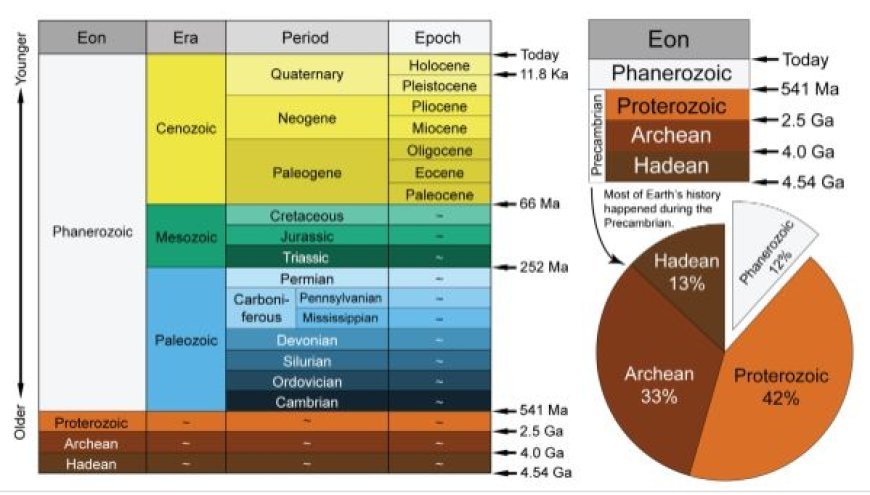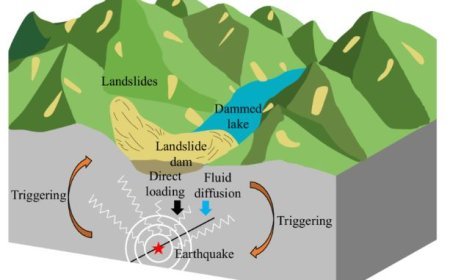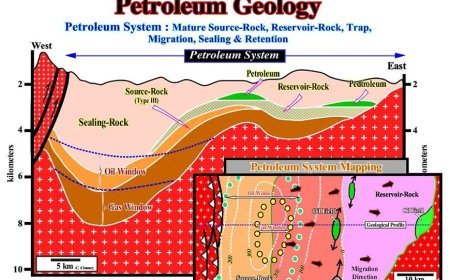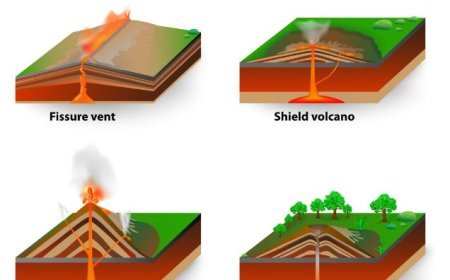GEOLOGICAL TIME SCALE
Explore the geological time scale, a framework for understanding Earth's 4.5 billion-year history. Learn about the different eons, eras, periods, and epochs that shape our planet's story.

Geochronological Time Scale
An Instrument for Comprehending
- A potent instrument for comprehending the Earth's history, the Geological Time Scale enables us to rebuild the planet's past and enhance our comprehension of the present.
- By analyzing the fossil record, geological events, and geochemical traces, geologists may reconstruct the Earth's history, uncovering an intricate and ever-changing tale that is still in progress.
A Fiery Beginning: The Hadean Eon (4.5–4 billion years ago)
- The narrative of the Earth starts during the Hadean Eon, a period characterized by inconceivable heat and upheaval.
- The planet originated during this period by the accumulation of dust and gas, ultimately merging into a molten sphere.
- Peak temperatures exceeded 2,000°F (1,093°C), rendering life as we understand it impossible.
- The surface was covered with a vast expanse of lava, marked by irregular volcanic outbursts and an oxygen-depleted, decreasing atmosphere.
The Archean Eon: A Life-Galvanizing Period (4-2.5 billion years ago)
- Upon the Earth's cooling, the Archean Eon began, leading to the formation of the crust and the subsequent growth of the seas.
- It was during this period that the earliest living forms emerged, single-celled creatures that flourished in the primordial soup.
- The atmosphere gradually underwent oxidation, therefore facilitating the emergence of more intricate and sophisticated living forms.
- During the Archean Eon, the groundwork was established for the subsequent diversity of life.
- The Proterozoic Eon: Oxygenation and Diversity, which occurred between 2.5 billion and 541 million years ago.
- Proterozoic Eon was a pivotal period in Earth's history characterized by a substantial rise in oxygen levels, which caused a transformation of the atmosphere and facilitated the emergence of multicellular life.
- The emergence of basic multicellular creatures, such as colonies of algae and the first eukaryotic cells, occurred during this period. It was during the
- Proterozoic Eon that life began to multiply quickly, which continued during the next eon.
- The Phanerozoic Era: Complex Life's Golden Age (541 Mya to the Present Day)
- The present Phanerozoic Eon has seen the development of intricate living forms, starting with the Cambrian explosion and extending to the wide range of species that now reside on Earth.
- Multiple geological events have influenced the development of this eon, such as the emergence of supercontinents, the fragmentation of Pangaea, and the establishment of contemporary ocean basins.
- Periods: An In-depth Examination of Earth's Historical Sequence
- The periods inside each eon provide a more comprehensive comprehension of the Earth's development.
- During the Paleozoic Era, fish, amphibians, and reptiles emerged as dominant species, while the Mesozoic Era was more characterized by the dominance of dinosaurs.
- The Cenozoic Era has been influenced by the process of mammalian evolution and the beginning of human civilization.
Periods & Epochs: An Enhanced Chronology
- The eras are further divided into periods and epochs, which provide a more accurate chronology of events.
- The Jurassic Period saw the species diversity of dinosaurs, while the Pleistocene Epoch was characterized by recurrent glacial cycles.
What's Your Reaction?



































